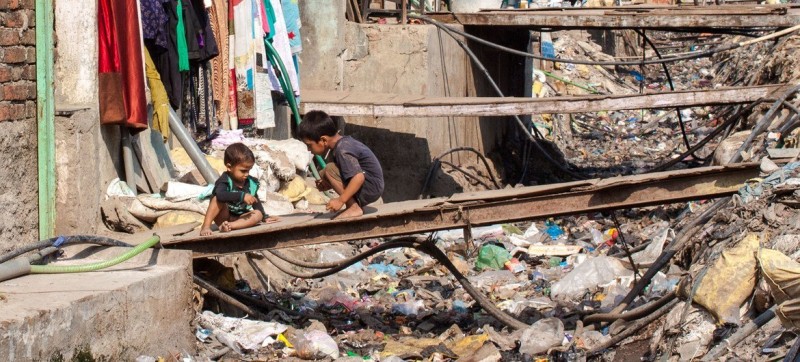
WHO/Diego Rodriguez As cities and towns grow, efforts must be made to replace slums with decent accommodations for people.
Cities and towns have become the drivers of economic growth and now account for more than 80 per cent of global GDP. Yet, in 2020, over one billion inhabitants of urban areas were still living in slums or informal settlements, predominantly in Asia and sub-Saharan Africa. As urban populations grow, slums expand even faster, UN data shows.
Accelerator of inclusive growth
This number is expected to keep rising with an additional two billion people projected to move there over the next 30 years.
Many will be migrants from rural areas or other countries, forced to leave their homes due to climate change, economic distress and armed conflicts. The head of the UN migration agency told the HLPF it was time to incorporate them fully into urbanization plans.
“Cities are on the frontline demonstrating that, when factored into urban planning, human mobility as a whole is a key driver of sustainable development,” said António Vitorino, Director General of the International Organization for Migration (IOM).
Believing that migration can be an accelerator of inclusive growth, he called for new national policies allowing migrants to become “active change-makers” in societies. Representatives of migrants, said IOM chief, should participate in urban planning.
The Forum highlighted the challenges and opportunities associated with urbanization and the urgent need to address the growing issue of reducing the footprint of slums and slum-like conditions.
Sustainable Development Goal (SDG) 11 seeks to address this by making cities and human settlements inclusive, safe, resilient, and sustainable by 2030.
Things to tackle
According to UN statistics, the expansion of global cities in terms of physical infrastructure has outpaced population growth rates. Data from 681 cities collected between 1990 and 2020 reveal that average annual land consumption rates were at 2.0 per cent, compared to population growth rates of about 1.6 per cent from 2000 to 2020. This trend highlights the need for more sustainable urban planning and land management strategies.
While air quality has improved globally, largely due to efforts in high-income countries, there is a need to address air pollution in towns, as they often experience poorer air quality compared to cities. For example, in 2019, towns in eastern and Southeast Asia experienced a serious deterioration in air quality
A lack of public spaces and accessible streets also pose a challenge in cities worldwide. Data from 1,072 urban areas in 120 countries in 2020, indicated that over 75 per cent of these cities had less than 20 per cent of their area dedicated to open public spaces and streets, falling significantly short of the recommended figures.
Open public spaces accounted for a meagre 3.2 per cent of urban land, about four times less than the area taken up by streets.
On a positive note, according to UN data, towns and cities are now better prepared for different types of disasters, as the number of countries with national disaster risk reduction strategies grows steadily.
Some 102 countries reported that local government bodies have developed disaster risk reduction strategies, up from just 51 countries in 2015.

2023 UN News User Survey
Thank you in advance for agreeing to participate in our survey so we can improve and tailor our products to your needs. The survey will take no more than 4 minutes to complete.

